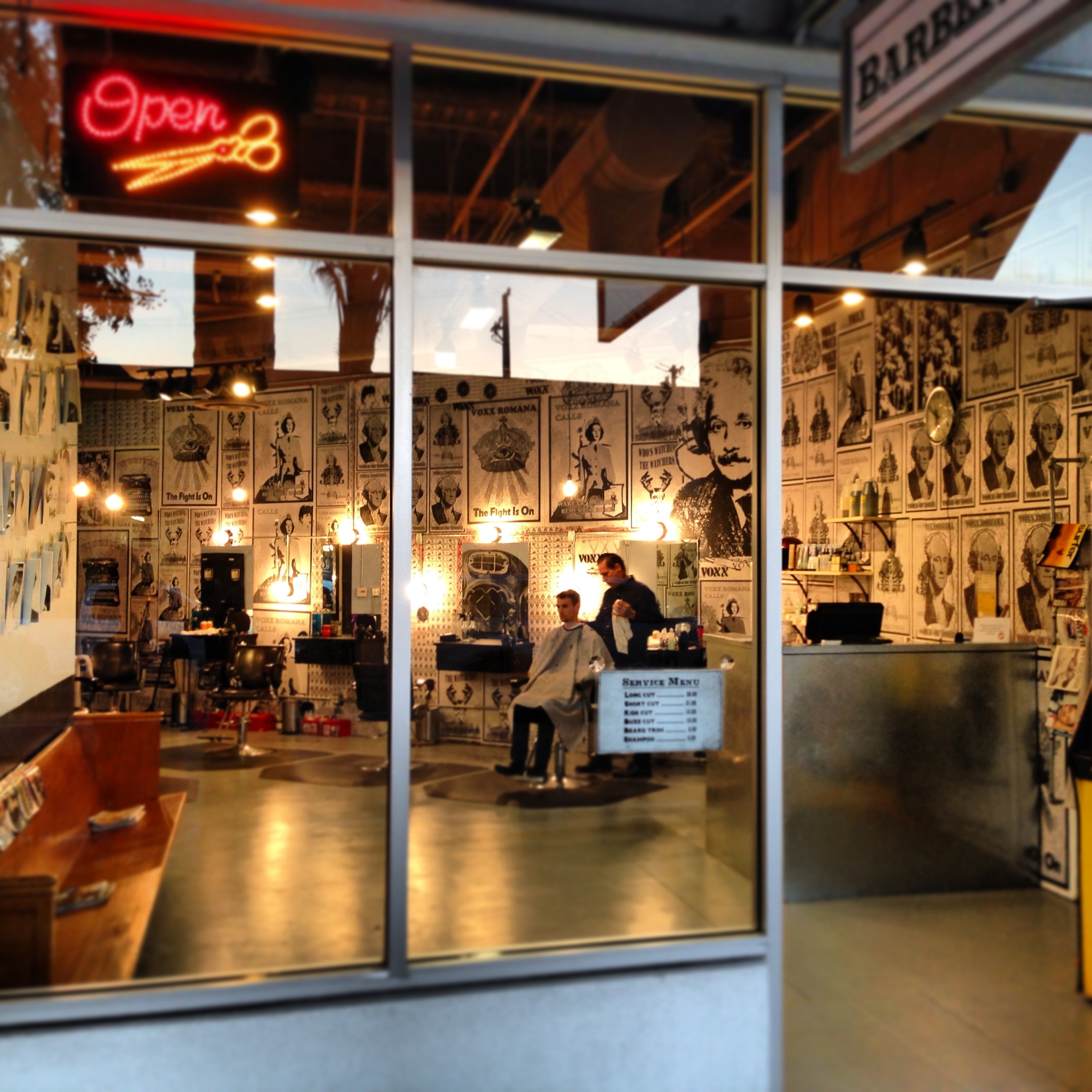
Starting a Barbershop During a Recession
Entrepreneur Story
In 2009, I found myself in a unique position. The real estate market had collapsed a year before, and commercial leases were cheap. Prime locations remained empty, and landlords were desperately looking for anyone to take up a lease.
Living in Santa Cruz at the time, I made going to the beach a weekly event, but before that, I would stop off at my favorite coffee shop, Verve, to pick up some artisan coffee. The coffee shop was about three blocks away from the ocean path that started in Capitola and worked its way toward Santa Cruz. One morning, I noticed that the business next to the coffee shop had a lease sign in the window.
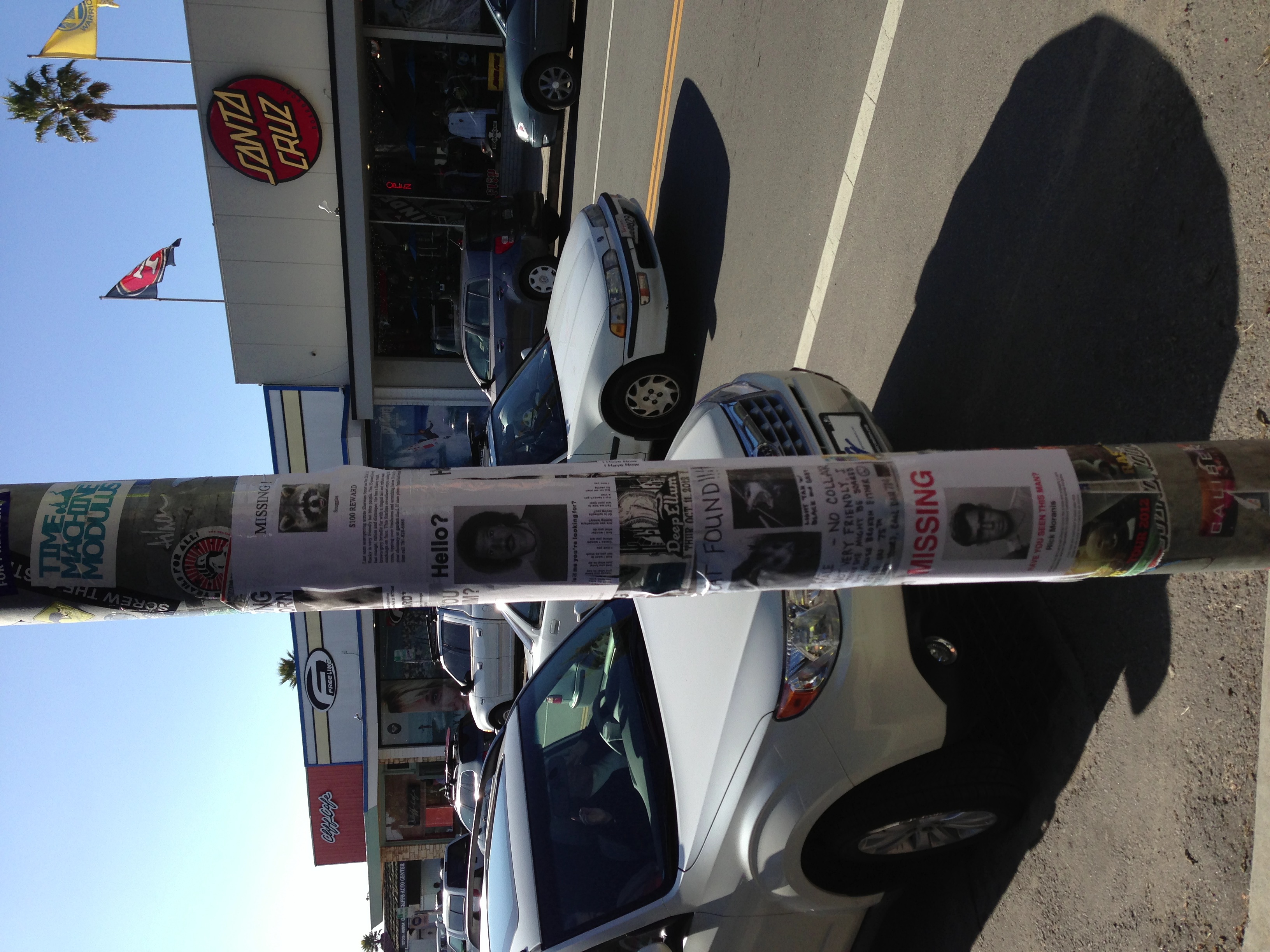
The area held significant history, as it was across the street from O'Neill's surf shop and was an iconic surf and skateboard location in Capitola. My imagination started running with ideas of leasing the location and enjoying the ocean and the culture.
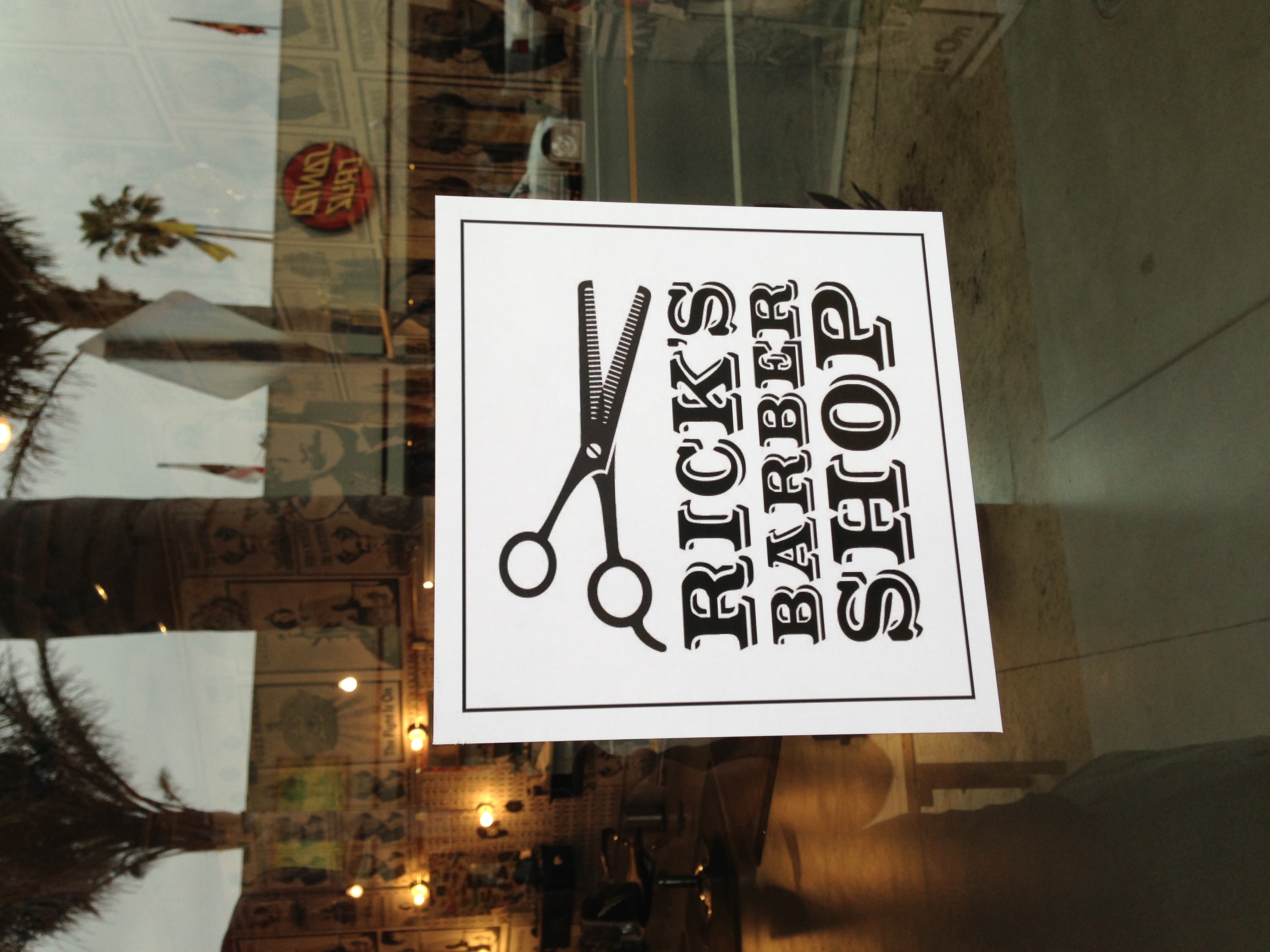
I knew that the economy would turn around soon and that this opportunity wouldn’t present itself again. The only problem was, I didn’t have a business for the location. I knew I had a spot, but no business to put into it. So, I started to brainstorm. I didn’t want to open a skateboard or surf shop — O’Neill’s was across the street. Obviously, the best coffee shop in the area was next door, so that was out. And then the realization hit me: what if I put a barbershop in it?

The thought of a Saturday morning — grabbing a cup of coffee, getting a haircut, and then renting a surfboard from O’Neill’s — sounded like the perfect day. Quickly, I took out a pencil and a sketchpad and started running numbers. If I had five booths and each barber did one haircut an hour, it would equal a lot of money.
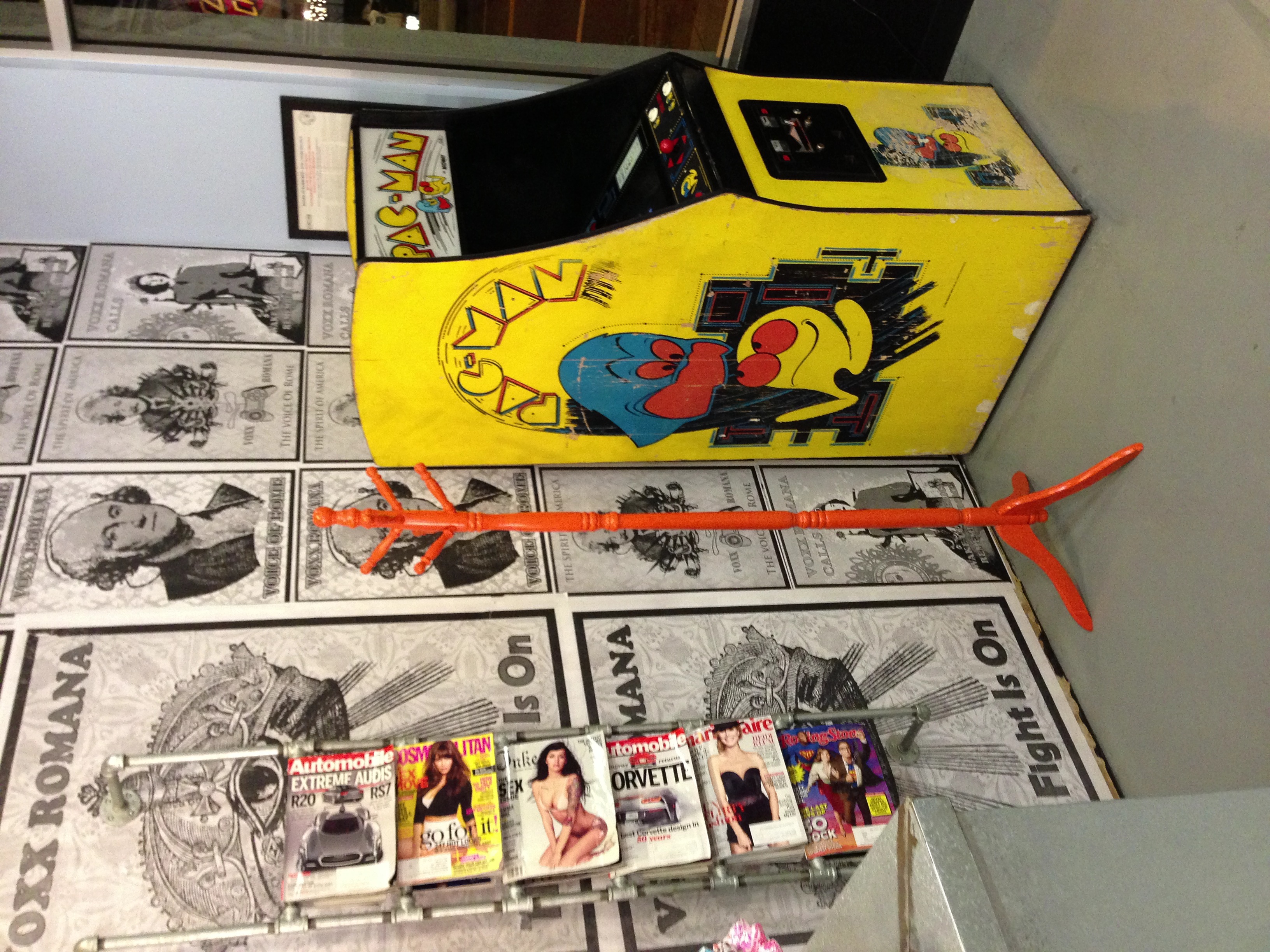
There was only one problem: I wasn’t a barber, and I had no experience in the field. But I was up for the challenge. I decided I wouldn’t let that limit me. Finding talent and interviewing would be key, and ultimately, I planned to have a manager running the location anyway.
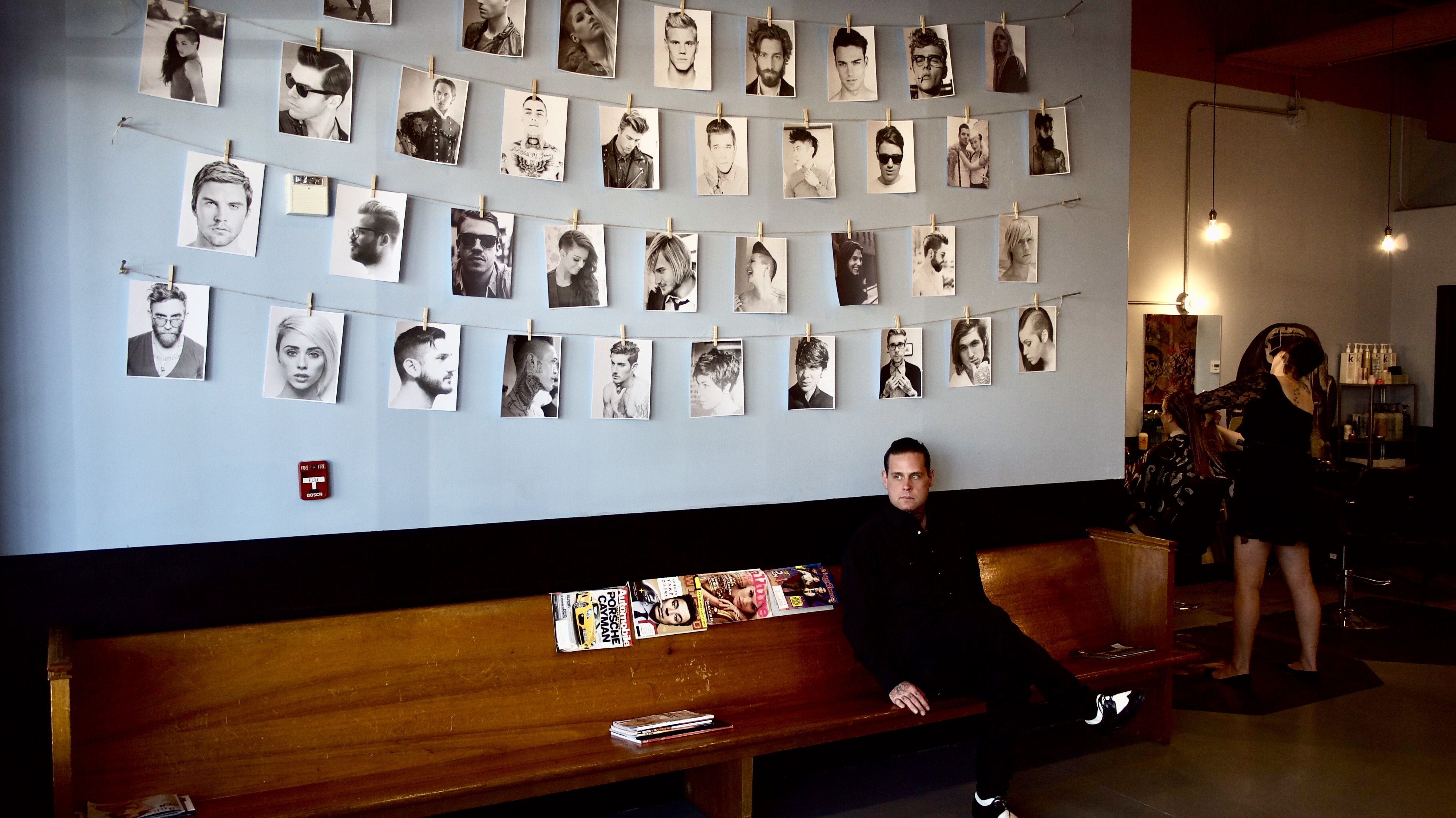
Calling the lease number, I explained my idea, and within the day I had leasing paperwork emailed to me. The lease rate was too good to be true, and I knew this opportunity wouldn’t come again, so I quickly signed and put my deposit down. Having very little money at the time, I rolled up my sleeves and started getting the location ready, doing the demo work myself. Building the fixtures, hanging the mirrors, and creating the aesthetics of the barbershop took me only three weeks, working 12-hour days. Covered in paint became my new signature look.
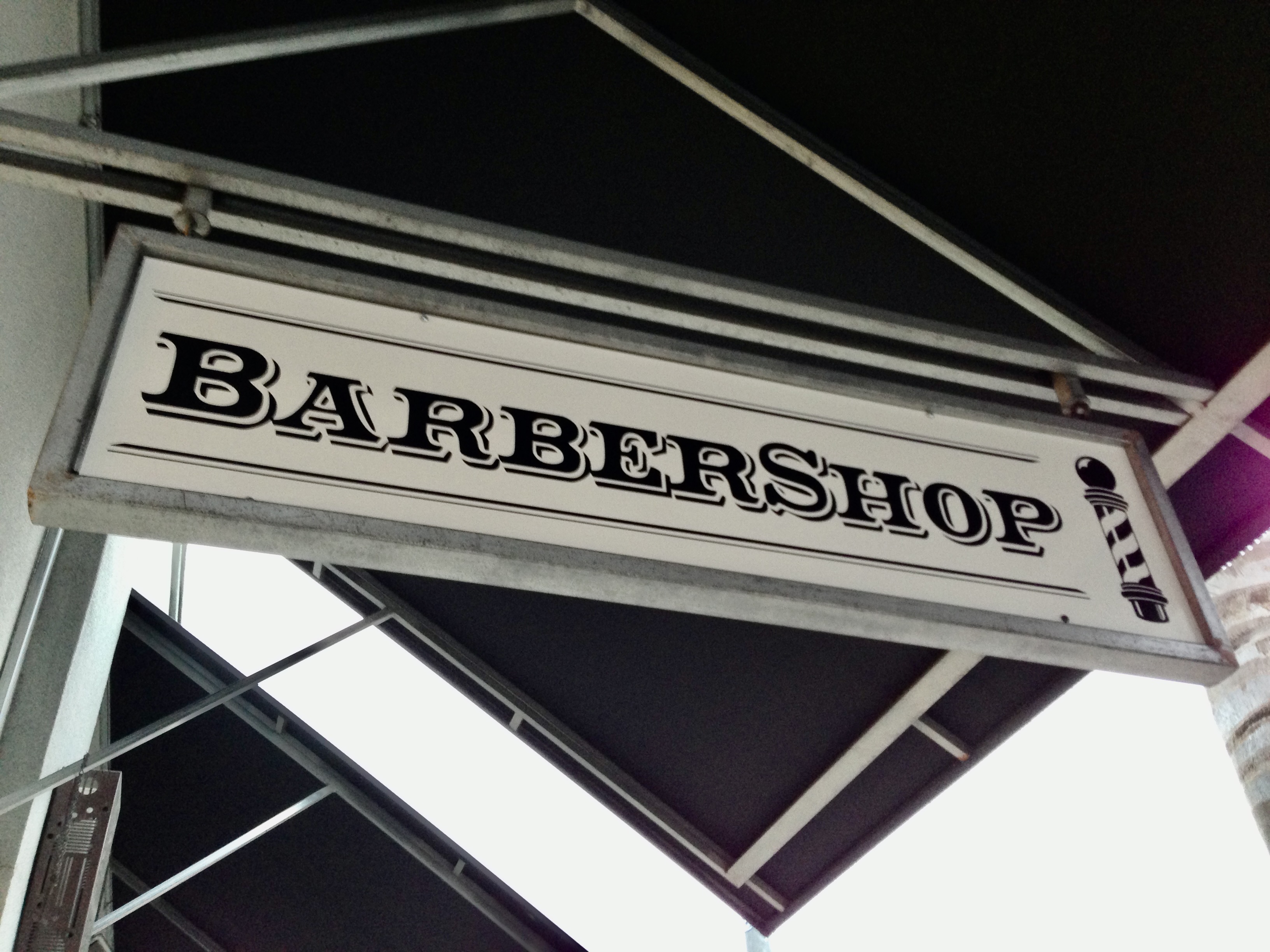
After renovating the location myself and working with street artist Vox Romano for the art, I stepped into the next phase: interviewing and hiring. This is when I realized I had a problem. My lack of knowledge in the industry left me ill-equipped to do the interviews. Although I was a good judge of character, I couldn’t distinguish between the skills of the barbers. Eventually, during the hiring process, I would have them bring in a model or cut my hair.
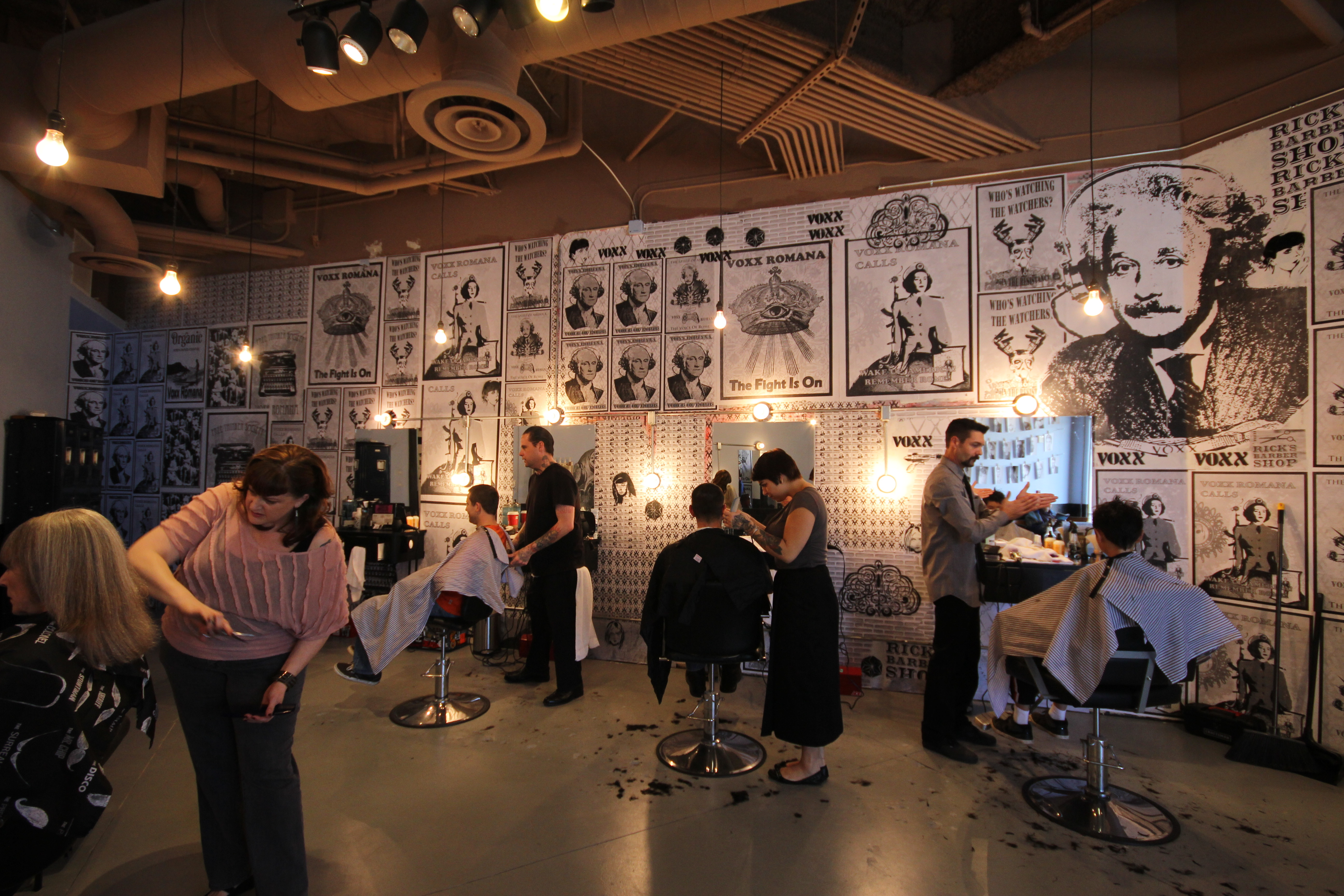
My dream of owning the barbershop and being a remote owner — with a manager taking care of the daily responsibilities — quickly turned into a nightmare. The turnaround rate at the barbershop, although better than industry standards, was still very high and unexpected. Barbers and hairstylists switching locations was something that someone in the profession understands as a regular occurrence, but for me, it felt personal.
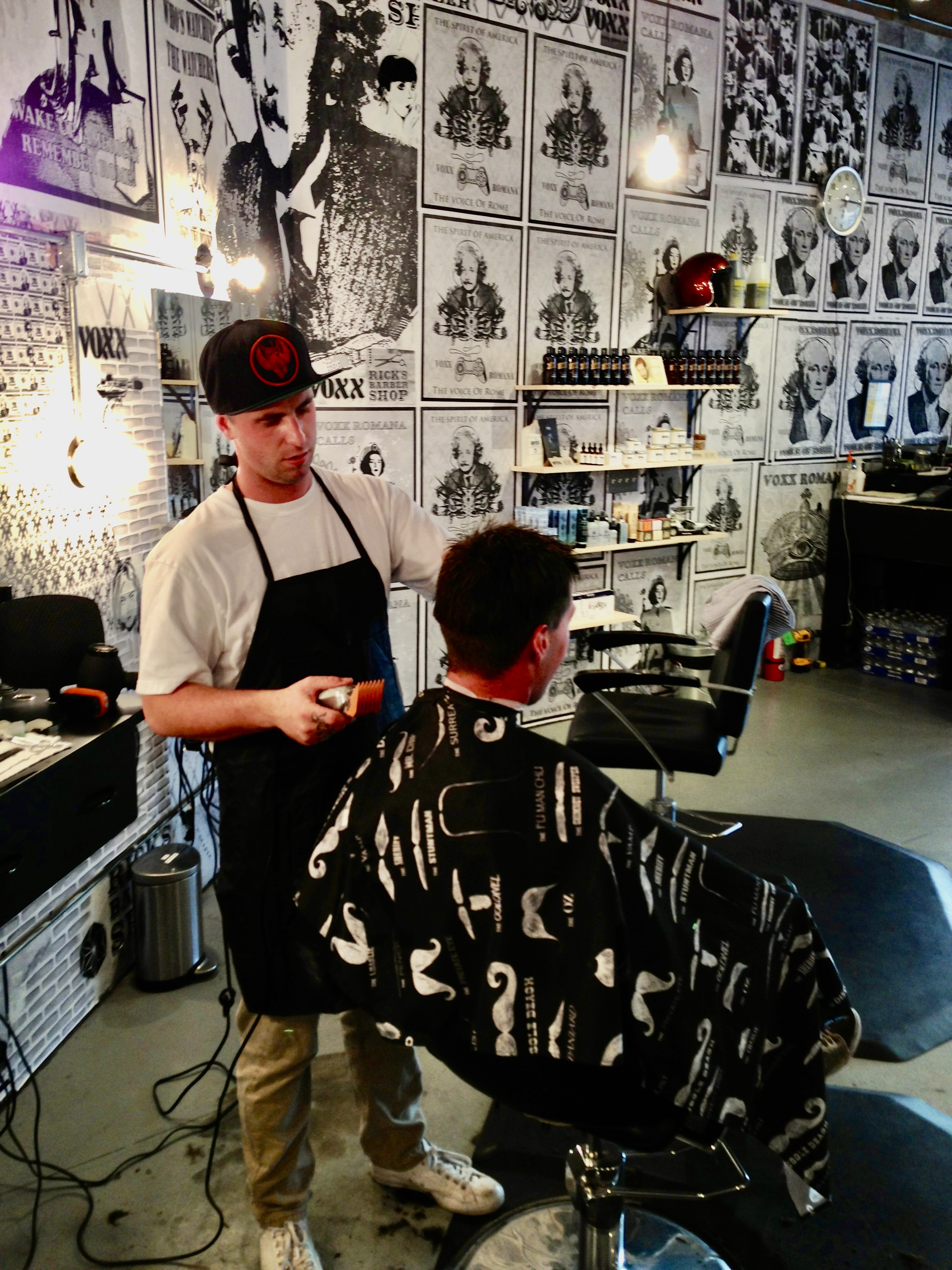
The business was at the mercy of finding the right talent — not only skilled but also dependable. The barbershop started having cash registers that wouldn’t balance and product missing at a rate that wasn’t financially feasible longterm. The location of the barbershop allowed for constant walk-through traffic, which kept the business barely cash flow positive, but my naïve plan to run it remotely created opportunities for theft and lack of professionalism.
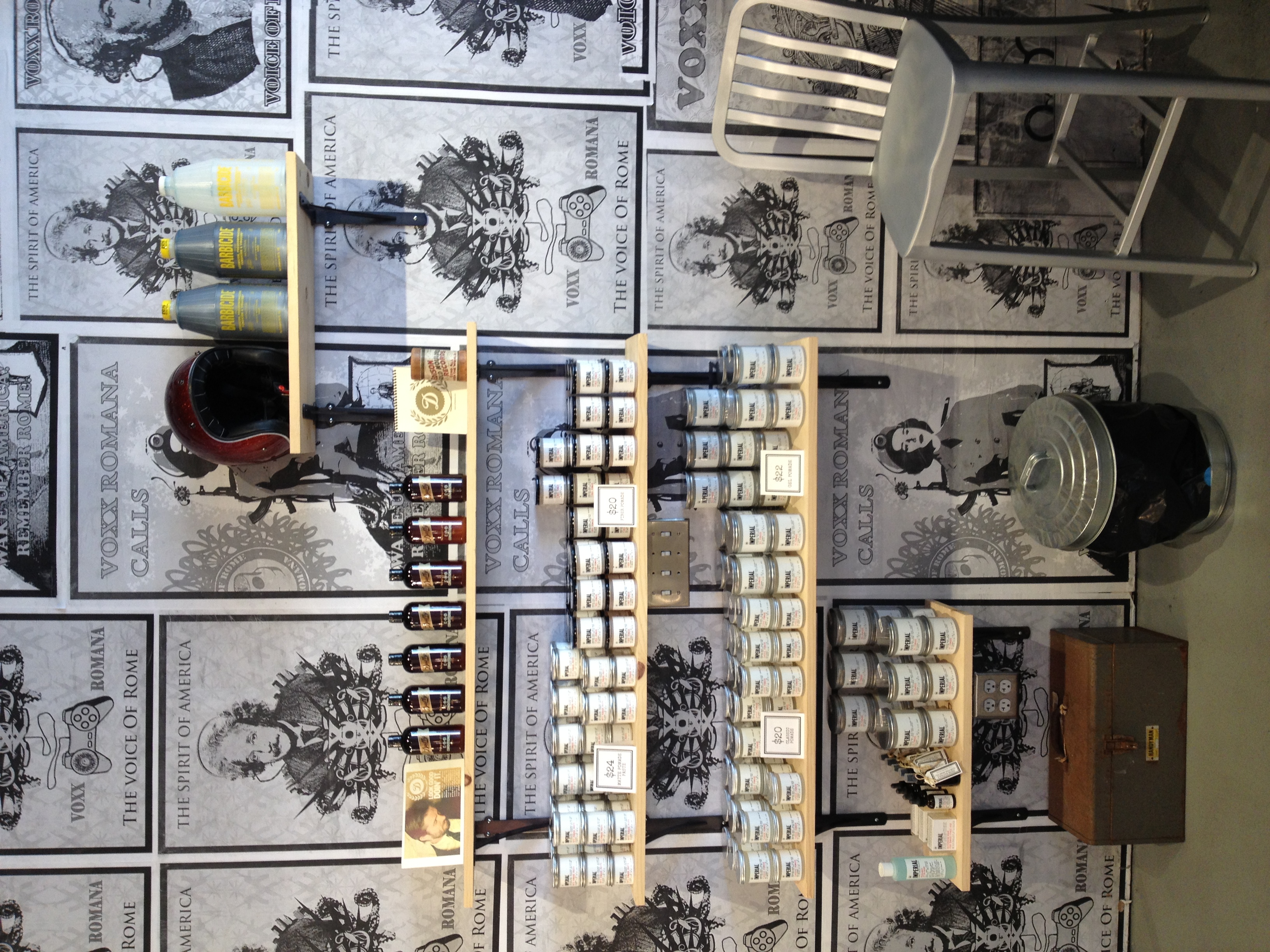
After four years, I made the hard decision to shut it down. Going for as long as I could, I had put myself in a very bad financial situation. Unable to continue paying the lease and operating expenses, I was forced to shut the doors abruptly. I had held out, hoping the seasonal increase in traffic would give me enough cash flow to create a buffer. That season never came. Filing bankruptcy and dealing with upset employees was one of the biggest challenges I’ve ever experienced in my life.
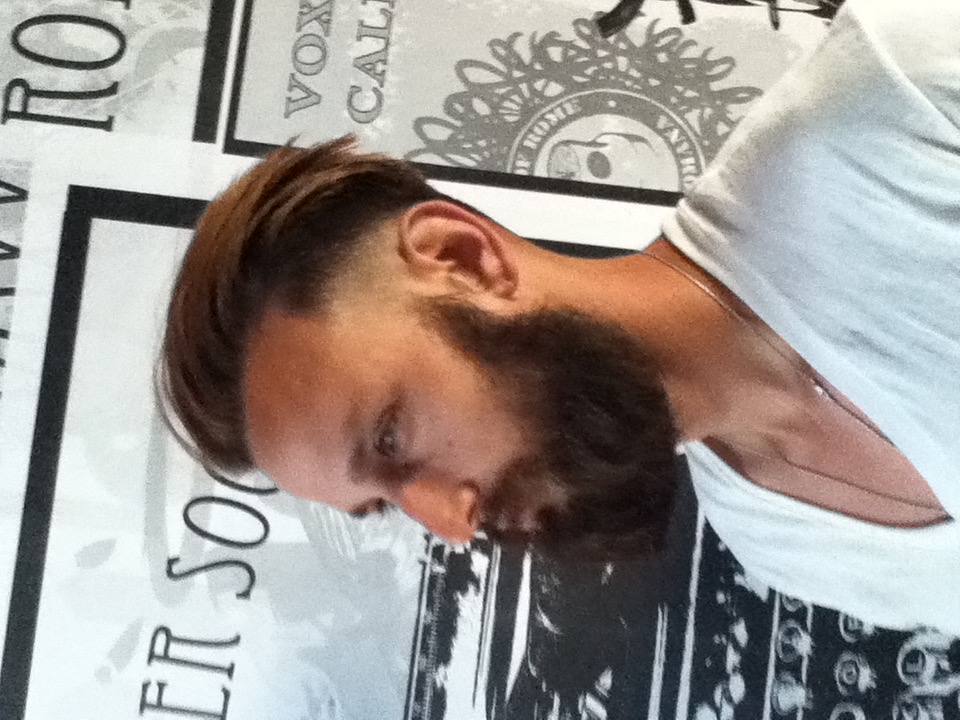
Shutting the business down was not something I did lightly. Letting the customers and employees down weighed heavily on my mind. Eventually, there was no longer a choice — my hand had been forced into closing the shop.
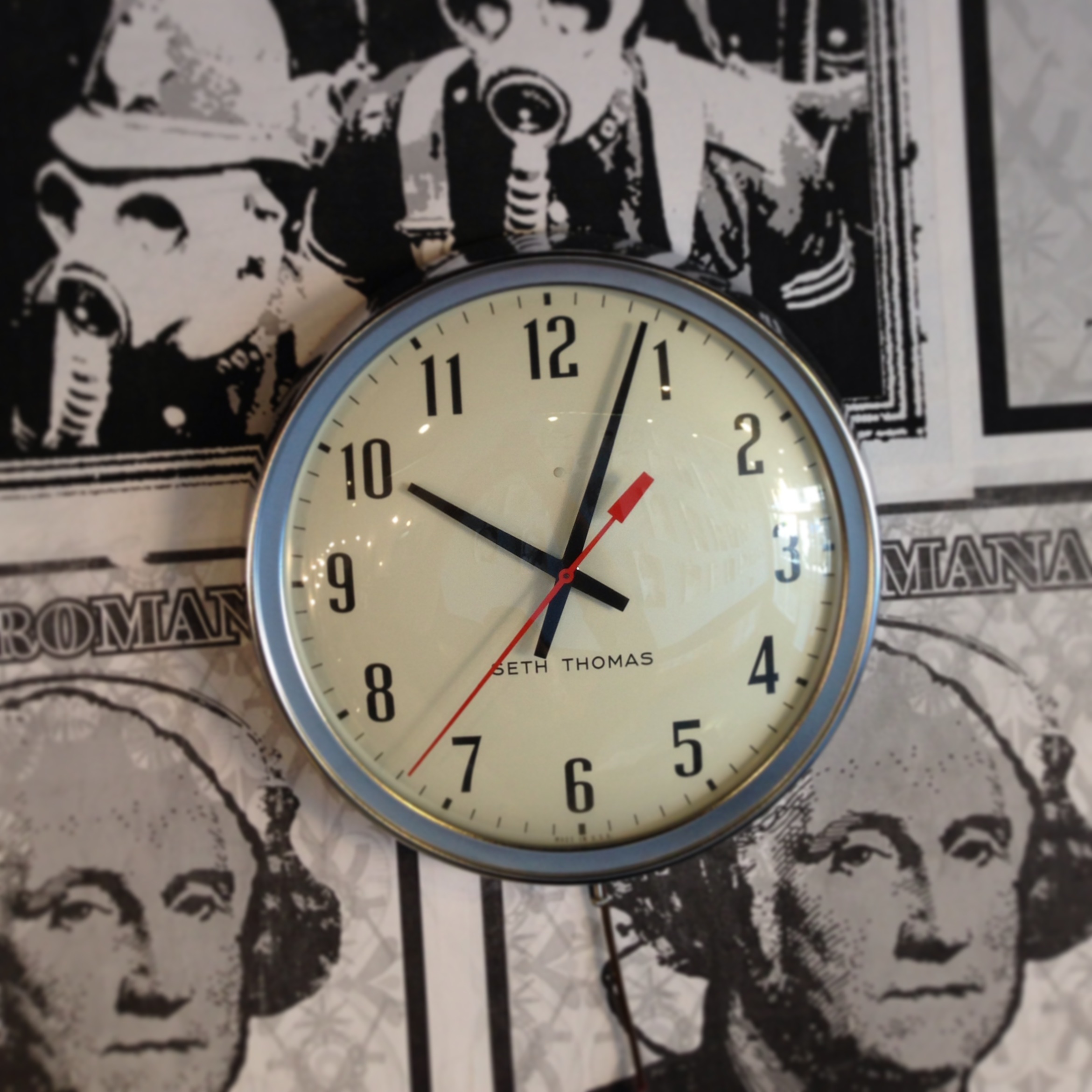
I’m thankful for the lessons I learned while navigating the challenges of this business, and although the business was ultimately a failure, I’m still proud of what was created out of nothing during an economic downturn. Learning this lesson in my 20s set me up for future endeavors where I understood that success wasn’t just about profitability, but also about understanding the ins and outs of the industry. Every type of industry has a culture — so pick wisely when choosing to start a business. Because you may find yourself climbing a ladder leaning on the wrong building.